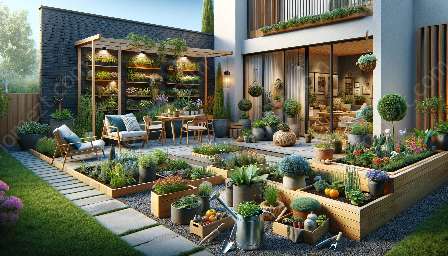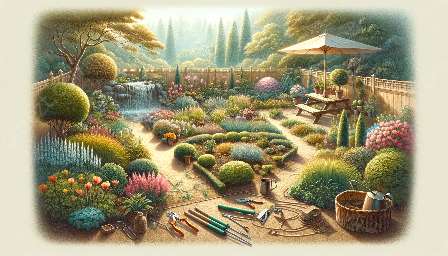Mulching is a vital practice in gardening and landscaping that involves covering the soil with a protective layer of organic or inorganic material. By understanding the benefits and techniques of mulching, you can enhance the health and appearance of your plants, optimize planting techniques, and improve your yard and patio.
The Benefits of Mulching
1. Soil Moisture Retention: Mulch helps to retain moisture in the soil, reducing the frequency of watering and promoting healthy plant growth.
2. Weed Suppression: A thick layer of mulch inhibits weed growth by blocking sunlight and preventing weed seeds from germinating.
3. Soil Temperature Regulation: Mulch acts as insulation, moderating soil temperature fluctuations and protecting plant roots from extreme conditions.
4. Soil Nutrition: Organic mulches, such as compost and bark, gradually decompose, enriching the soil with essential nutrients.
5. Erosion Control: Mulch helps to prevent soil erosion by reducing water runoff and protecting the soil surface from heavy rain.
Choosing the Right Mulch
When selecting mulch for your planting beds, consider the following factors:
- Material: Organic options include wood chips, straw, and shredded leaves, while inorganic options include gravel and rubber mulch.
- Color: Dark-colored mulches absorb more heat and may be beneficial in cooler climates, while light-colored mulches reflect heat and are suitable for warmer regions.
- Texture: Fine mulches, like compost, improve soil structure, while coarse mulches, such as wood chips, provide better aeration.
- Cost and Availability: Consider the cost of mulch materials and their availability in your area.
Mulching Techniques
Here are essential techniques for effectively applying mulch in your yard, garden, or patio:
- Prepare the Soil: Clear the planting area of weeds and debris before applying mulch.
- Apply the Mulch: Spread a layer of mulch 2-4 inches thick around plants, leaving a gap around stems or trunks to prevent rot.
- Replenish Regularly: Top up the mulch layer as needed to maintain the recommended thickness and effectiveness.
- Water Before Mulching: Ensure the soil is adequately moist before applying mulch to help retain moisture and support plant growth.
- Consider Maintenance: Keep an eye on the mulch layer for signs of compacting or depletion and adjust as necessary.
Integrating Mulch with Planting Techniques
Mulching can enhance various planting techniques, including:
- Container Gardening: Use mulch to insulate container plants, reduce moisture evaporation, and improve the aesthetics of potted arrangements.
- Companion Planting: Mulch can complement companion planting by providing a uniform ground cover and enhancing the overall appearance of mixed plantings.
- Seed Starting: Utilize mulch as a protective cover for newly sown seeds, promoting moisture retention and germination.
- Transplantation: Apply mulch around newly transplanted trees and shrubs to promote establishment and reduce transplant shock.
Enhancing Your Yard and Patio with Mulch
In addition to its role in planting techniques, mulch can be a valuable element in yard and patio landscaping:
- Pathway and Walkway Coverings: Create visually appealing walkways and paths using mulch that complements the design of your yard and patio.
- Decorative Borders: Use mulch to define garden and patio borders, providing a clean and finished appearance to your outdoor space.
- Play Areas: Consider rubber mulch for children's play areas, offering a safe and cushioned surface for play equipment and activities.
- Moisture Retention: Mulch can help conserve moisture in containers, pots, and hanging baskets on your patio, promoting healthy growth of ornamental plants.




